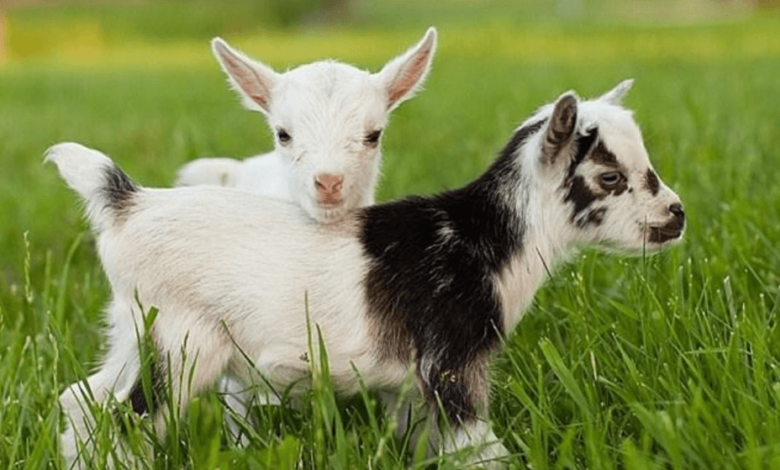Baby:0zbp-933aag= Goat

The phenomenon of Baby:0zbp-933aag= Goat, commonly known as kids, offers a fascinating glimpse into the intricate dynamics of pastoral farming. These young animals not only contribute to the agricultural landscape but also exhibit unique traits that merit closer examination. Understanding their origins, care requirements, and role in goat breeding can illuminate broader implications for sustainable practices within the industry. As we explore the multifaceted nature of these creatures, one must consider how their social behaviors and adaptability influence both farm productivity and animal welfare. What insights might emerge from a deeper analysis of these captivating animals?
Origins of the Baby Goat
The origins of the baby goat, commonly referred to as a “kid,” can be traced back to the domestication of wild goats approximately 10,000 years ago in the regions of the Near East.
This domestication journey holds historical significance, marking humanity’s early agricultural practices.
The bond formed between humans and goats has facilitated their mutual survival and nurtured a spirit of freedom in pastoral societies.
Read Also Pinterest:2xgyapoi-Uo= Dibujos
Unique Traits and Characteristics
From their domestication, baby goats, or kids, have developed a range of unique traits and characteristics that distinguish them from other livestock.
Their playful behavior fosters an engaging environment, promoting physical and mental well-being. Additionally, their strong social interactions enhance herd dynamics, allowing for cooperative behaviors that are essential for survival.
These traits contribute to their appeal and adaptability within diverse farming systems.
Care and Management Practices
Proper care and management practices are essential for ensuring the health and well-being of baby goats throughout their early development.
Meeting their nutrition needs with high-quality feeds supports growth, while understanding their social behavior encourages positive interactions.
Adequate housing requirements protect from environmental stressors, and vigilant health management prevents disease, fostering a thriving environment for these young animals to flourish and express their natural behaviors.
Impact on Goat Breeding
Effective care and management practices not only ensure the health of baby goats but also play a significant role in shaping goat breeding outcomes.
Implementing advanced breeding techniques enhances genetic diversity, fostering resilience against diseases and environmental changes.
Conclusion
In conclusion, the significance of Baby:0zbp-933aag= Goat extends beyond mere companionship; their origins reflect a rich agricultural history, their unique traits enhance herd dynamics, and their care demands dedicated management practices. Embracing the role of kids in sustainable farming fosters productivity, promotes genetic diversity, and nourishes a profound connection to pastoral traditions. The ongoing commitment to their well-being ensures the continued vitality of goat farming, enriching both the ecosystem and agricultural communities alike.



